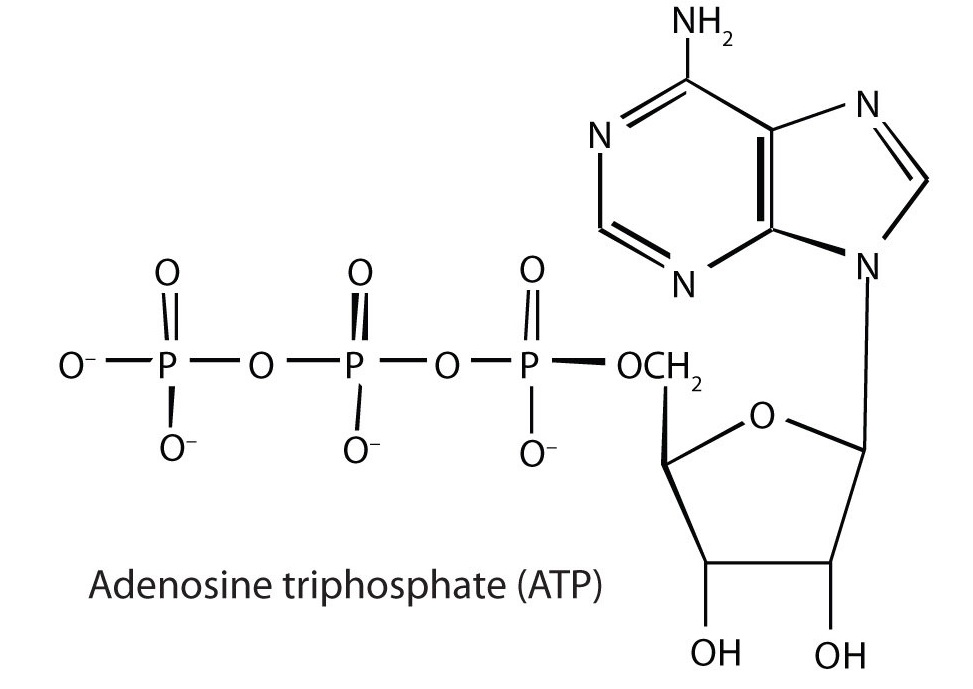How energy is produced from food:
short info. :(At first you should study the digestion process:
short info. :(At first you should study the digestion process:
Digestion process: It is a process in which enzymes produced from mouth, stomach, and pancrease in addition to bile from liver used in degradation of food (large particles) to small particles.
Fats to fatty acids, carbohydrates to di sugars maltose which then give glucose, proteins to amino acids.
mouth: produce amylase that breaks carbohydrates
stomach: produce 1- pepsin: breaks the proteins to peptides ( small chain of amino acids)
2- HCL : helps in denaturation of proteins
In Intestine: pancrease secrets in intestine: 1- alha amylase: covert cabohydrates to maltose then glucose
2- lipase: breaks the Fats to fatty acids
3- nucleases: breaks nucleic acids to nucletides
Intestine it self : produce: nucleotidases and nucleosidases to give free ribose and phosphate and bases.)
mouth: produce amylase that breaks carbohydrates
stomach: produce 1- pepsin: breaks the proteins to peptides ( small chain of amino acids)
2- HCL : helps in denaturation of proteins
In Intestine: pancrease secrets in intestine: 1- alha amylase: covert cabohydrates to maltose then glucose
2- lipase: breaks the Fats to fatty acids
3- nucleases: breaks nucleic acids to nucletides
Intestine it self : produce: nucleotidases and nucleosidases to give free ribose and phosphate and bases.)
now: glucose get inside process called glycolysis inside cytoplasm of the cell. but, amino acid can also give glucose by degradation of type of amino acids called glucogenic amino acids.which then get also inside glycolysis.
In glycolysis it produces ATP and ends with formation of pyruvate.
pyruvate and Acetyl-CoA both can get inside mitochondria in citric acid cycle whic give more ATP
Each NADH+H gives 3 ATP and each FADH+H gives 1.5 ATP
In case of fatty acids there is beta-oxidation which give large number of NADH+H which convverts to ATP inside mitochondria.and ends with Acetyl-coA formation which then get inside the citric acid cycle for produce more ATP.
note: the cycle below is repeated more and more times in each time 2 carbons are removed from the long fatty acid chains till reach fatty acid contain only 2 carbons (Acetyl-CoA) which then get in the Krebs cycle(Citric acid cycle)
In case of fatty acids there is beta-oxidation which give large number of NADH+H which convverts to ATP inside mitochondria.and ends with Acetyl-coA formation which then get inside the citric acid cycle for produce more ATP.
note: the cycle below is repeated more and more times in each time 2 carbons are removed from the long fatty acid chains till reach fatty acid contain only 2 carbons (Acetyl-CoA) which then get in the Krebs cycle(Citric acid cycle)






ليست هناك تعليقات:
إرسال تعليق